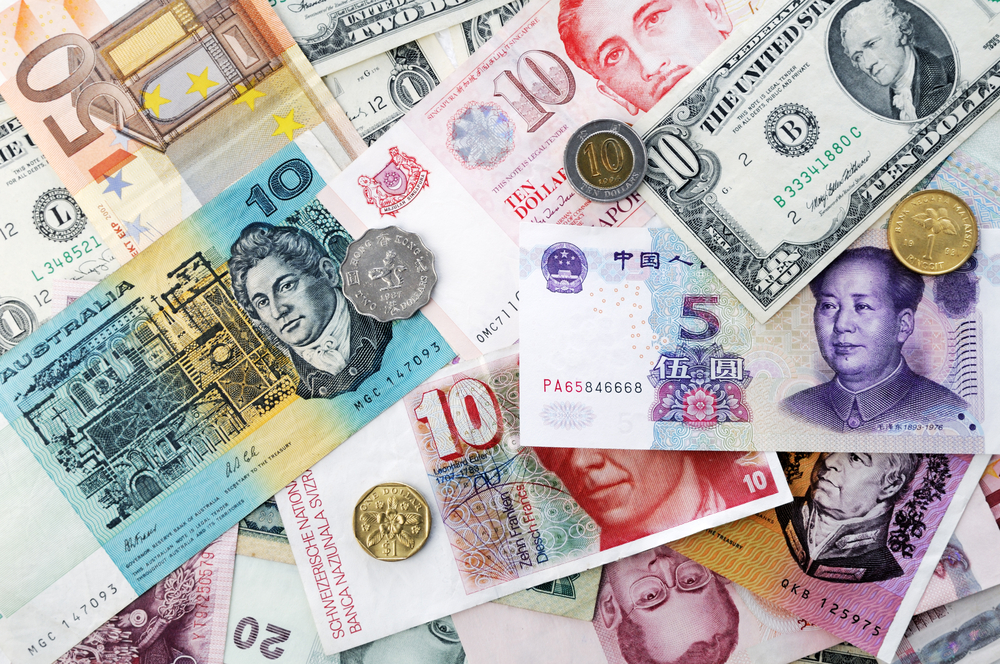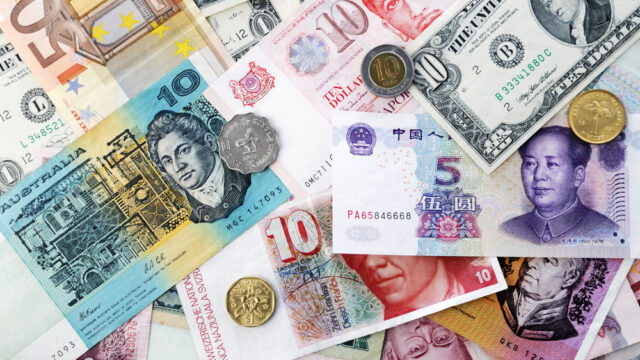The Nepal Rastra Bank (NRB) has relaxed foreign exchange facilities for Nepali travelers, traders, and those with dollar accounts, following a historic high in the country’s foreign exchange reserves.
As of mid-June, the end of the 11th month of the last fiscal year, Nepal’s foreign exchange reserves stood at Rs1.96 trillion, with the central bank’s reserves amounting to Rs1.75 trillion. This surplus has prompted the NRB to amend its unified directives, allowing Nepali citizens to carry $2,500 per trip abroad, without the previous restriction of twice a year.
“Two years ago, we imposed limitations on foreign exchange facilities due to dwindling reserves. Now, with improved resources, we have removed the frequency limit, which will benefit frequent travelers,” said Ramu Paudel, spokesperson for the NRB. However, the amount of currency available per trip remains unchanged.
The changes, based on the central bank’s recently announced monetary policy, also double the foreign currency limit for Nepali citizens traveling to Tibet, China, and SAARC countries, excluding India, via surface routes. Travelers to these regions can now exchange $1,000 at a time and $2,000 in a fiscal year, although this provision does not apply to residents of border regions with frequent travel to Tibet.
The record-breaking foreign currency reserves are largely attributed to robust remittance growth and increasing migrant departures seeking better incomes abroad. Economists note that while strong forex reserves indicate economic stability, they may also reflect low investment levels in Nepal, a least developed country.
In June 2022, Nepal faced a critical low in foreign exchange reserves, sufficient for less than six months of imports. Import controls by the central bank and a ban on luxury goods failed to improve the situation, nearly suffocating the economy. The ban was lifted in December 2022.
Paudel emphasized that the relaxed foreign exchange ceiling is also aimed at reducing the documentation burden for frequent travelers and traders. Previously, limited forex convertibility required submitting documents to the central bank, a hassle now mitigated by the amended provisions.
The central bank has also increased the foreign exchange limit for traders. Importers using demand drafts and telegraphic transfers can now import goods worth $100,000 at once, up from $60,000. Additionally, bullion traders importing silver can access foreign exchange facilities of $300,000 per import for producing silver jewelry, artistic goods, and utensils, and $100,000 for other purposes.
For companies outsourcing services from abroad and for invisible imports by domestic companies, the foreign exchange limit has been raised to $25,000 monthly from $15,000. These amendments allow traders and companies to access needed facilities from any commercial bank, easing previous restrictions and enhancing trade flexibility.





